Caring for indoor plants in Brisbane’s warm and humid climate can be both rewarding and challenging. Ensuring your plant thrives involves understanding its specific needs and providing the right environment. Here are some essential care tips to help you maintain a lush and healthy indoor garden.
Light Requirements for Indoor Plants
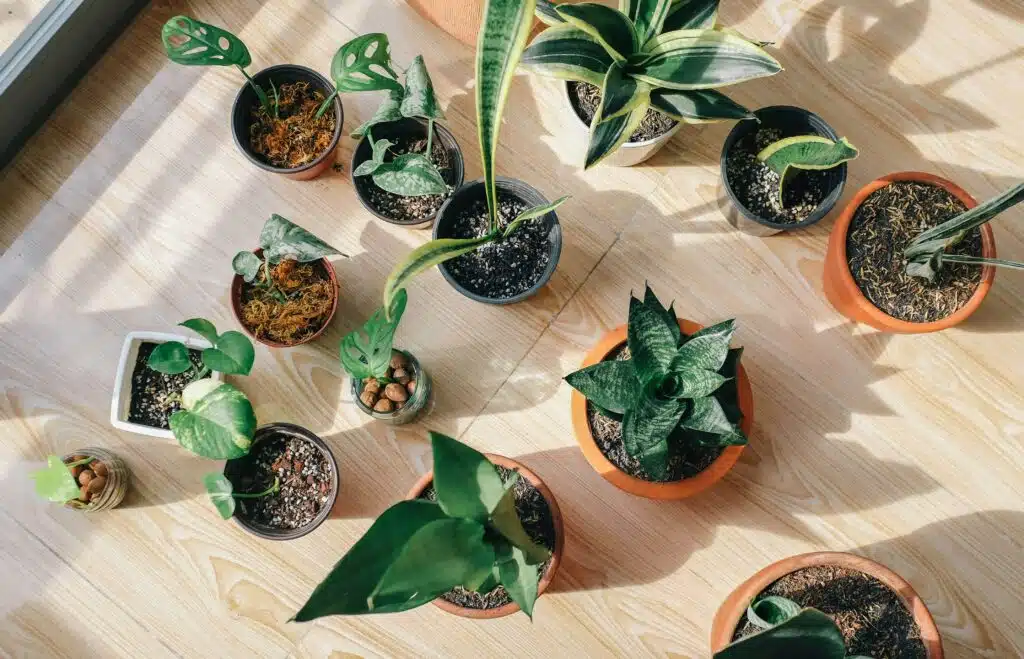
Understanding the light requirements for indoor plants is crucial for their growth and well-being. Most indoor plants fall into three categories based on their light needs: low, medium, and high.
Low-Light Plants
These plants, such as the peace lily spathiphyllum and zz plant, thrive in areas with minimal natural light. They are perfect for rooms with small windows or artificial lighting.
Medium-Light Plants
Plants like pothos and spider plants prefer moderate to bright indirect light. They can be placed near windows where they receive filtered sunlight.
High-Light Plants
Succulents and cacti fall into this category, needing bright, indirect light to thrive. Placing them on windowsills with plenty of sunlight ensures they grow healthily.
Watering Needs for Different Plants
Proper watering is essential for indoor plant growing, and different types of plants have varying water requirements.
Watering Frequency
Checking Soil Moisture
Before watering, check the soil moisture by inserting your finger about an inch into the soil. If it feels dry, it’s time to water. Ensuring proper drainage holes in pots helps prevent excess water from causing root rot.
Choosing the Right Pot for Your Plant
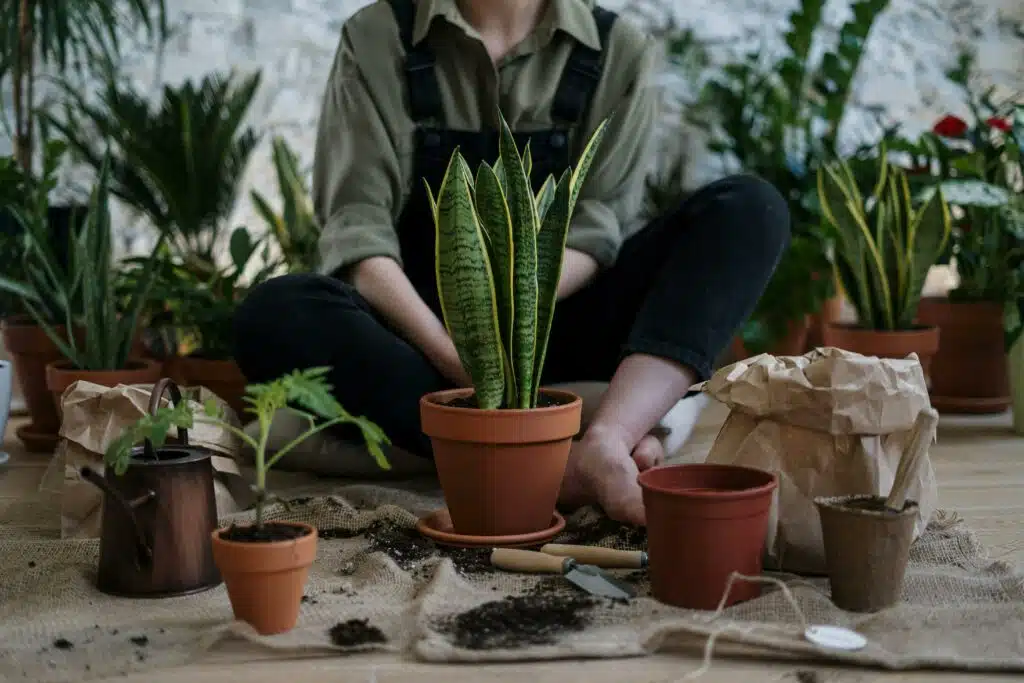
Selecting the right pot is vital for plant health and growth.
Pot Material
Pot Size
Choosing a pot that is slightly larger than the plant’s root ball encourages healthy growth. Ensure the pot has adequate drainage holes to allow excess water to escape.
Humidity and Ventilation for Healthy Plants
Maintaining the right humidity levels and ensuring proper ventilation are crucial for indoor plant care, especially in Brisbane’s climate.
Increasing Humidity
Ventilation
Good airflow helps prevent fungal diseases and pest infestations. Ensure that plants are not placed too closely together and that the room is well-ventilated.
Fertilizing Indoor Plants
Regular feeding with plant food ensures your indoor plants receive the necessary nutrients for growth.
Types of Fertilizers
Fertilizing Schedule
Most indoor plants benefit from fertilizing every 2-4 weeks during the growing season (spring and summer) and less frequently in the dormant season (fall and winter).
Common Indoor Plant Problems and Solutions
Yellow Leaves
Yellow leaves can indicate overwatering, underwatering, or nutrient deficiencies. Check soil moisture and adjust watering practices, and ensure the plant is getting adequate light.
Pests and Diseases
Common pests like aphids, mealybugs, and spider mites can be controlled with natural insecticidal soap. Regularly inspect plants for signs of infestation.
Poor Growth
If a plant isn’t growing well, it might need repotting, more light, or different plant food. Using a premium potting mix can also improve growth conditions.
3-Step Process for Healthy Indoor Plants
- 1
Evaluate: Assess the specific needs of each plant in terms of light, water, and humidity.
- 2
Implement: Adjust care routines to meet these needs, ensuring proper potting, watering, and feeding.
- 3
Monitor: Regularly check plant health, looking for signs of distress and making necessary adjustments.
Breathe Easy and Enjoy the Greenery
By following these care tips, you can ensure your indoor plants not only survive but thrive in your Brisbane home. For those who find managing indoor plants challenging, Home Style Cleaning offers reliable and professional cleaning services, including plant care, to help you maintain a beautiful and healthy living environment.
If you have any further questions or need personalized advice, feel free to reach out to our expert team. And remember, our satisfaction guarantee ensures you get the best service every time.

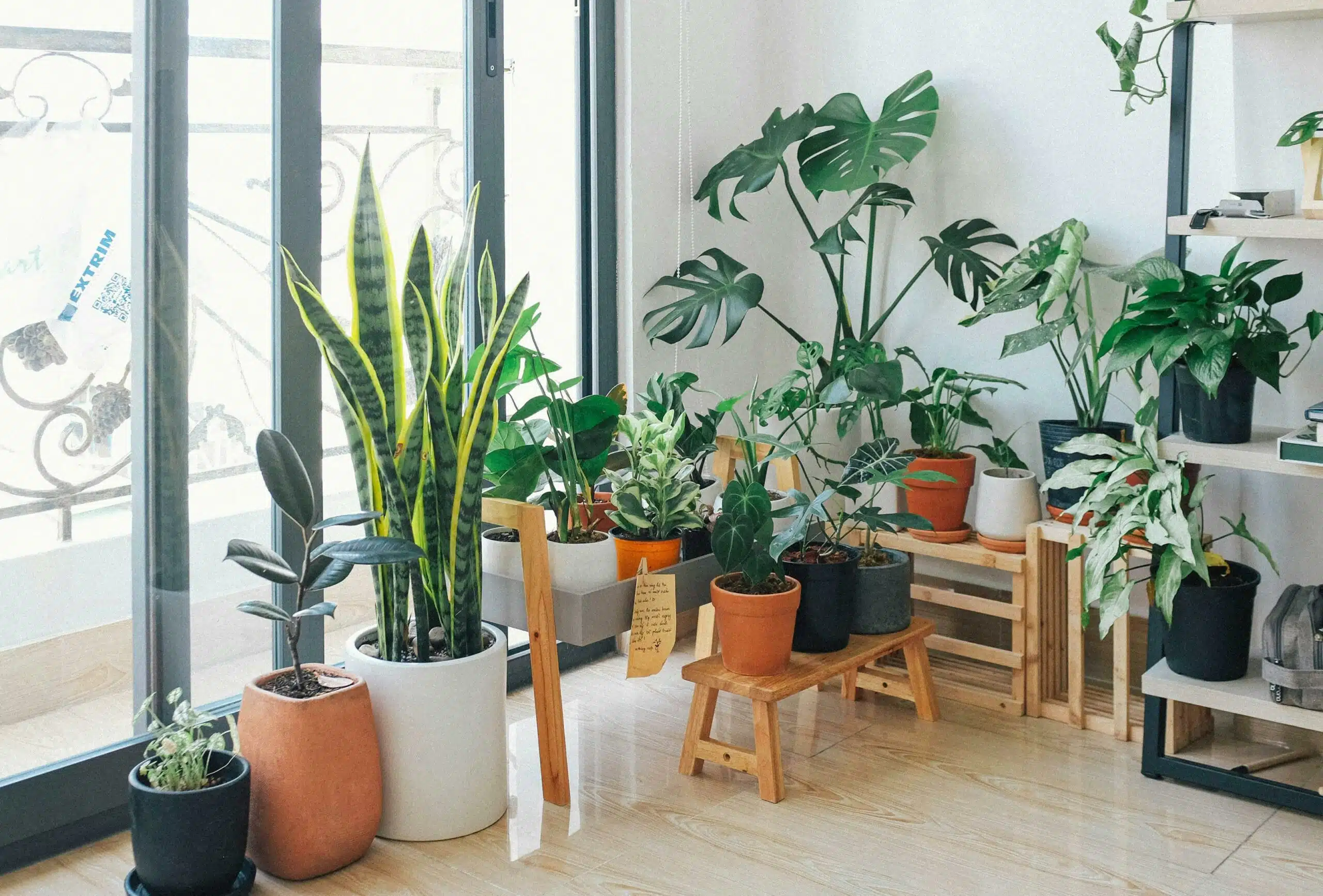
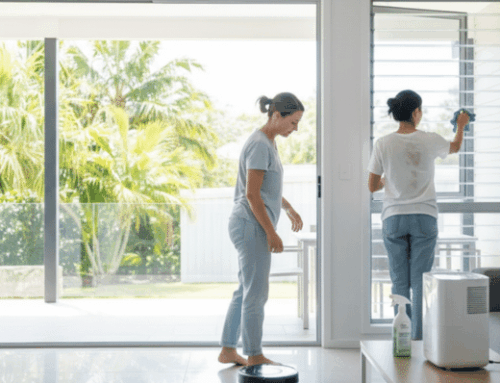
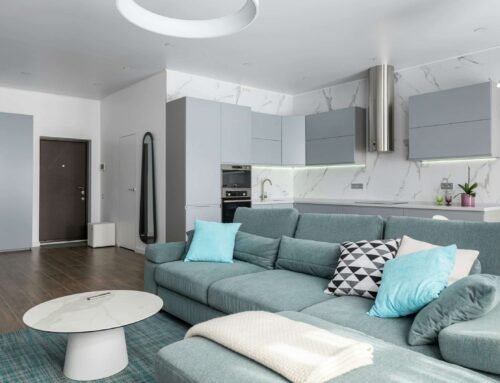

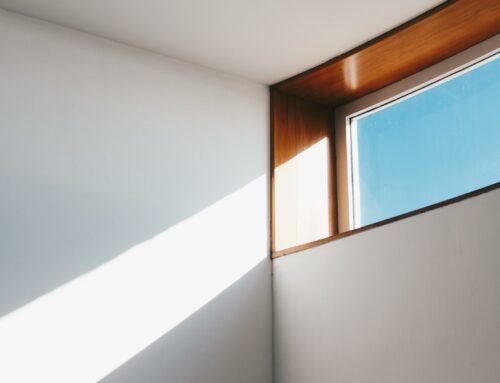
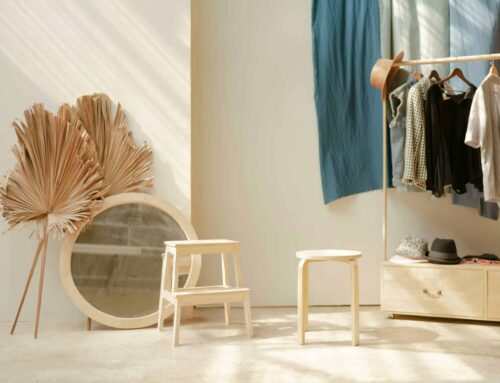
Leave a Reply